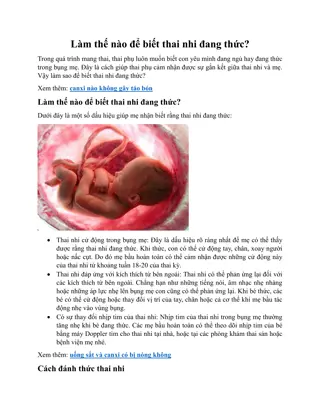
Biological Explanations for Criminality
Discover the genetic basis for criminality, including the link between XYY chromosome abnormality and criminal behavior. Explore how blood samples can identify chromosome abnormalities in criminals and the traits associated with XYY males. Consider whether criminals are born or made through genetic studies like Theilgaard's investigation.
Download Presentation

Please find below an Image/Link to download the presentation.
The content on the website is provided AS IS for your information and personal use only. It may not be sold, licensed, or shared on other websites without obtaining consent from the author. If you encounter any issues during the download, it is possible that the publisher has removed the file from their server.
You are allowed to download the files provided on this website for personal or commercial use, subject to the condition that they are used lawfully. All files are the property of their respective owners.
The content on the website is provided AS IS for your information and personal use only. It may not be sold, licensed, or shared on other websites without obtaining consent from the author.
E N D
Presentation Transcript
With a partner, answer the following questions..without looking at your book! 1) Describe two ways of studying whether criminality is biological. 2) What problems might there be with saying criminality is biological? 3) Nathan has a non-identical twin who steals cars. How likely is Nathan to turn to crime?
Topic E: Are criminals born or made? Title: Biological explanations for criminality. Genetic basis for criminality The link between XYY chromosome abnormality and criminality (Theilgaard s study)
Female Male XX XY Top Tip! Remember XX as female because girls often put XX at the end of a text. Boys may leave you wondering why (XY!)
Key Terms XYY: a rare genetic pattern said to be linked to aggression and slow learning ability. Called Jacob syndrome. Chromosome abnormality: a mutation of genetic material that results in the number or structure of chromosomes.
Blood samples can be taken from criminals to see if they have any chromosome abnormalities that might cause their criminal behaviour. In the 1960 s researchers discovered that males with an extra Y chromosome (XYY males) are more likely to be violent and criminals. This condition is not inherited, so does not run in families, even though it may be a genetic reason for criminality.
More aggressive Slower at learning on average More masculine Taller Acne Occurs 1 in 1000 males Occurs in 1 in 300 criminals
XYY Jacob syndrome More severe acne in teen year Slightly taller than others Large hands and feet Behaviour problems Learning disabilities: delayed speech, lower IQ Weaker muscle tone Hand tremors MORE AGGRESSIVE MORE MASCULINE
Chromosome abnormalities have been linked to violent crime and a handful of murderers have been found to have an XYY gene pattern. However, this is just a handful of murderers and certainly is not true of all violent criminals John Wayne Gacy (Murdered 33 boys & men) Richard Speck (Murdered 8 student nurses) Arthur Shawcross (Murdered 11 women)
Richard Speck In 1966, Richard Speck committed one of the most horrifying murders in history when brutalized and killed eight student nurses living on Chicago's South Side. mass American he
John Wayne Gacy Born 1942 in Chicago, Illinois. The son of Danish and Polish parents, Gacy was a building contractor 1970s. Well liked in his community, Gacy married twice and had two children. But on December 21, 1978, a police search of Gacys house uncovered the grisly truth. Within days, Gacy confessed to killing 33 boys and young men, the majority of whom had been buried under his floorboards.
Arthur Shawcross Serial Shawcross children and women from 1988 to 1990 in upstate New York, earning the nickname "The Genessee River Killer." killer murdered Arthur 11
However XYY is such a rare disorder that we cannot find large enough samples of people with the disorder to be certain of the link to violent crime. It is linked to slow learning, so turning to crime might be a result of not succeeding at school rather than a direct biological link to the disorder.
Use what you have learnt from the last two lessons to argue your point. Criminals are born, not made. Agree (Nature) Disagree (Nurture)






















